꽈추형 부작용
1. 꽈추형 부작용의 개요
꽈추형 부작용은 최근에 주목받기 시작한 현상으로, 일부 사람들이 꽈추형이라는 이름을 지닌 특이한 증상을 경험한다는 것을 의미합니다. 이러한 증상은 신체의 일부분이 이상적인 형태를 벗어나는 현상으로 나타나며, 꽈추형 실력과 관련이 있을 수도 있습니다.
2. 꽈추형 부작용의 유형 및 증상
꽈추형 부작용의 주요 유형은 다양합니다. 일부 사람들은 꽈추형 논란이라고 하는 정신적인 문제를 겪을 수 있으며, 꽈추형 학력과 관련된 문제도 발생할 수 있습니다. 그 외에도 꽈추형 나락이나 꽈추형 결혼과 같은 사회적인 측면에서의 문제도 있을 수 있습니다. 이러한 증상들은 개인마다 다르지만, 흔히 신체 형태의 비정상적인 변화나 불균형, 정신적인 불안감, 우울감 등이 나타날 수 있습니다.
3. 꽈추형 부작용의 원인과 기전
꽈추형 부작용의 원인은 여러 가지 요인에 의해 발생할 수 있습니다. 꽈추형 실력에 대한 유전적인 요인이나 외부 요인에 의한 영향, 스트레스, 환경적 요인 등이 이에 포함될 수 있습니다. 또한 꽈추형 부작용은 신경전달물질의 불균형이나 신체의 특정 기능의 이상으로 인해 발생할 수도 있습니다. 하지만 정확한 기전은 아직까지 완전히 이해되지 않은 상태입니다.
4. 꽈추형 부작용의 진단 방법과 관련 검사
꽈추형 부작용을 진단하기 위해서는 의료진의 진단과 검사가 필요합니다. 일반적으로 의사는 환자의 증상 및 병력을 조사하고, 신체 검사 및 혈액 검사, 영상 검사 등을 통해 꽈추형 부작용을 확인할 수 있습니다. 또한, 정신적인 측면에서의 꽈추형 부작용을 평가하기 위해 정신과 전문의와의 상담이 필요할 수도 있습니다.
5. 꽈추형 부작용의 경과와 예후
꽈추형 부작용은 각 개인에 따라 다르게 경과될 수 있습니다. 일부 사람들은 증상이 자연스럽게 사라져 다시 정상적인 상태로 돌아올 수 있지만, 다른 사람들은 장기적인 증상이 지속될 수도 있습니다. 또한, 꽈추형 부작용은 심각한 합병증을 일으킬 수도 있으므로 적절한 관리와 치료가 필요합니다.
6. 꽈추형 부작용의 치료 및 관리 방법
꽈추형 부작용의 치료 및 관리는 다양한 접근 방법을 포함할 수 있습니다. 이는 개인의 증상과 심각성에 따라 다를 수 있으며, 일반적으로 약물 치료, 심리치료, 생활습관 개선 등이 적용될 수 있습니다. 의료진의 지도와 조언을 따라야 하며, 환자 개개인의 상황에 따라 맞춤식 치료가 필요할 수 있습니다.
7. 꽈추형 부작용과 약물 간의 상호작용
꽈추형 부작용은 일부 약물과의 상호작용이 있을 수 있습니다. 따라서 의사와 약사에게 꽈추형 부작용이 의심될 때 복용 중인 약물에 대한 정보를 제공하는 것이 중요합니다. 의료진은 개별적인 환자의 상황을 고려하여 약물 조절이나 치료 계획의 수정이 필요한지 판단할 수 있습니다.
8. 꽈추형 부작용 예방을 위한 조치사항
꽈추형 부작용을 예방하기 위해서는 건강한 생활습관을 유지하는 것이 중요합니다. 신체 운동, 영양 균형 잡힌 식단, 충분한 휴식 등이 꽈추형 부작용 예방에 도움이 될 수 있습니다. 개인의 신체 특성과 기타 요인을 고려하여 의료진과 상담하며 약물 복용 및 생활 습관에 대한 조언을 따를 필요가 있습니다.
9. 꽈추형 부작용에 대한 현재 연구 및 향후 전망
현재 꽈추형 부작용에 대한 연구는 계속되고 있으며, 꽈추형 부작용의 정확한 원인과 치료법에 대한 이해가 높아지고 있습니다. 꽈추형 부작용에 대한 추가적인 연구는 개인 맞춤형 치료 및 예방 방법의 개발에 도움이 될 것으로 예상됩니다.
사용자가 검색한 키워드: 꽈추형 부작용 꽈추형 실력, 꽈추형 논란, 꽈추형 학력, 꽈추형 나락, 꽈추형 병원, 꽈추형 결혼, 꽈추형 비뇨기과, 꽈추형 홍성우
Categories: Top 70 꽈추형 부작용
남자들이 확대수술을 하는 진짜 이유 【닥터조물주 꽈추형 3부】
여기에서 자세히 보기: experience-porthcawl.com
꽈추형 실력
When it comes to the Korean language, there are numerous phrases and expressions that can leave non-native speakers scratching their heads in confusion. One of these enigmatic phrases is “꽈추형 실력.” This intriguing phrase has piqued the curiosity of many who are trying to unravel the true meaning behind it. In this article, we shall delve deep into the depths of this phrase and attempt to understand its significance.
꽈추형 실력 is a term commonly used in South Korea, often in a humorous or satirical context, to describe someone’s incompetent or dubious abilities. It is a comical way of expressing that a person is completely inept at a particular skill or task. This phrase is typically used to describe a person who claims to be skilled in a certain area but fails miserably when put to the test.
The term itself, “꽈추형,” can be literally translated as “fried doughnut shape.” While it may seem far-fetched, the phrase actually derives its meaning from the popular Korean street food known as “꽈붕어빵” (Kkwabung-eo-ppang) or fried doughnut fish bread. This fish-shaped pastry, filled with sweet red bean paste, is a favorite among locals and tourists alike. However, the shape of this snack is not perfectly symmetrical, resulting in a somewhat misshapen appearance. It is this irregular shape that lends its name to the phrase, as it represents someone who is less than competent or skilled.
Practically, this phrase can be used in various contexts to highlight someone’s lack of talent or skill. For example, it could be used to describe someone who claims to be a brilliant chef but burns even the simplest of dishes. Similarly, it might be used to poke fun at an individual who boasts about their athletic prowess but fails miserably during a friendly game. Essentially, “꽈추형 실력” serves as a witty way to mock or gently tease someone who overestimates their abilities.
FAQs:
Q: Can “꽈추형 실력” be considered an offensive term?
A: No, it is generally used in a light-hearted and humorous manner. However, as with any phrase, it could potentially offend someone depending on the context and the person involved. It’s important to assess the situation and ensure that the use of this term remains light-hearted and harmless.
Q: Is there any cultural significance associated with “꽈추형 실력”?
A: Yes, it reflects the Korean culture’s inclination towards indirect and subtle communication. Rather than directly criticizing someone’s performance or skills, this phrase allows for a playful jab that maintains the harmony of social interactions.
Q: Are there any similar phrases in English or other languages?
A: While there isn’t an exact equivalent in English, the phrase can be loosely compared to the idiom “all talk, no action” or “all hat, no cattle.” Both phrases describe individuals who boast about their abilities but fail to deliver when faced with real challenges.
Q: Can “꽈추형 실력” be used in formal settings?
A: It’s generally best to avoid using this phrase in formal or professional situations as it is considered informal and may be seen as disrespectful. However, it can be used among friends or in a casual setting to add humor to a conversation.
Q: Are there any negative implications associated with being described as having “꽈추형 실력”?
A: While being labeled as having “꽈추형 실력” may seem negative, it is often taken in good humor. In fact, the term is commonly used among friends or colleagues to create a lighthearted atmosphere and bond over shared shortcomings.
In conclusion, “꽈추형 실력” is a unique Korean phrase that adds a touch of humor to conversations. By incorporating the shape of a misshapen fried doughnut, this phrase playfully describes someone’s ineptitude or lack of skill in a particular area. Though not offensive in nature, it is important to exercise caution and use this phrase in an appropriate and light-hearted manner. So, next time you encounter someone who is all talk and no action, don’t hesitate to playfully tease them with a friendly mention of “꽈추형 실력.”
꽈추형 논란
Introduction to 꽈추형 논란
In recent months, South Korea has been embroiled in a controversy surrounding a character known as 꽈추형 (Kkwachoo-hyung). Designed to resemble a traditional Quaker-style hat, 꽈추형 has gained popularity as a symbol representing historical and cultural significance. However, the use and interpretation of this figure has ignited a heated debate, questioning the appropriateness and sensitivity of its usage. This article delves into the 꽈추형 controversy, exploring its origins, interpretations, and various arguments from both sides of the debate.
The Origins of 꽈추형
The concept of 꽈추형 was first introduced in the early 2000s by an advertisement campaign for a popular snack brand in South Korea. The character’s distinctive appearance, resembling a traditional Quaker hat, quickly grabbed the attention of the public. The hat itself has a connection to the Korean culture, as it was historically worn by Confucian scholars during the Joseon Dynasty (1392-1897).
Interpretations and Symbolism
Initially, 꽈추형 was perceived as a friendly and harmless figure representing Korean traditions and historical values. It was considered a symbol of wisdom, intelligence, respect, and the spirit of learning. However, as 꽈추형 became more widely used in various contexts, different interpretations began to emerge.
Positive Interpretations
Supporters of 꽈추형 argue that the character embodies the Korean spirit of self-improvement, lifelong learning, and respect for education. The association with Confucian scholars, who were highly regarded in Korean society, further reinforces the positive connotations. Many see it as a symbol of wisdom and a reminder to pursue knowledge and better oneself.
Additionally, 꽈추형 has been adopted by several educational institutions as a mascot or promotional symbol, aiming to highlight the value of education and intellectual pursuits. It is often used in a playful and endearing manner, representing positivity and encouragement.
Critical Interpretations
Critics, on the other hand, express concerns about the cultural appropriation and misrepresentation associated with 꽈추형. They argue that the character reduces an important cultural symbol to a mere marketing tool, thereby diluting its true historical and cultural significance. Critics also point out that the commercialization of cultural elements for profit tends to strip these symbols of their original meaning and potentially perpetuates stereotypes.
Many argue that the appropriation of 꽈추형 by different industries, particularly by companies unrelated to education or cultural preservation, is disrespectful and undermines the authenticity of the symbol. The commodification of 꽈추형 is seen as a form of cultural appropriation that may lead to the erosion of traditional values and values associated with education.
The Debate Continues
The 꽈추형 controversy has sparked intense discussions among various sectors of society. On one side, proponents emphasize the positive aspects of 꽈추형, highlighting its potential to inspire and encourage educational endeavors. On the other side, critics claim that 꽈추형’s widespread usage has diluted its historical and cultural significance.
As the debate evolves, calls for a more nuanced understanding of 꽈추형 and its appropriate usage have grown. Some argue for stricter regulations to protect cultural symbols from being misappropriated or distorted for monetary gains. Others believe that a well-informed public discussion on cultural sensitivity and respect is essential to find a balanced approach.
FAQs
Q1: Why is 꽈추형 controversial?
A1: 꽈추형 is controversial due to its perceived cultural appropriation and dilution of historical and cultural significance associated with the traditional Quaker hat. Critics argue that it is disrespectful and undermines the authenticity of the symbol.
Q2: What are the positive interpretations of 꽈추형?
A2: Supporters believe 꽈추형 represents wisdom, intelligence, respect, and the spirit of learning. It is seen as a symbol of self-improvement and encourages the pursuit of knowledge.
Q3: Why do critics oppose the usage of 꽈추형?
A3: Critics argue that the commercialization of cultural elements, such as 꽈추형, reduces them to marketing tools, diluting their true historical and cultural significance. They contend that its appropriation by unrelated industries is disrespectful and perpetuates stereotypes.
Q4: What is the future of 꽈추형?
A4: The future of 꽈추형 remains uncertain. The ongoing discussion and debate among various sectors of society may lead to a clearer understanding of its appropriate usage and the need for regulations to protect cultural symbols.
Conclusion
The controversy surrounding 꽈추형 reflects a larger debate about cultural appropriation, the commercialization of cultural symbols, and the preservation of historical and cultural significance. While proponents argue for the positive aspects and potential societal benefits, critics highlight concerns about misappropriation, dilution of cultural symbols, and perpetuation of stereotypes. The ongoing discourse surrounding 꽈추형 calls for a well-informed understanding, dialogue, and potentially regulations to strike a balance between tradition, commercial interests, and cultural sensitivity.
주제와 관련된 이미지 꽈추형 부작용
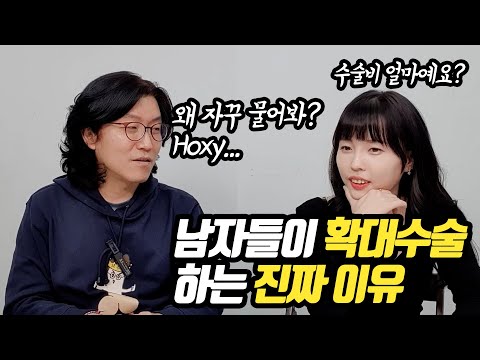
꽈추형 부작용 주제와 관련된 이미지 20개를 찾았습니다.

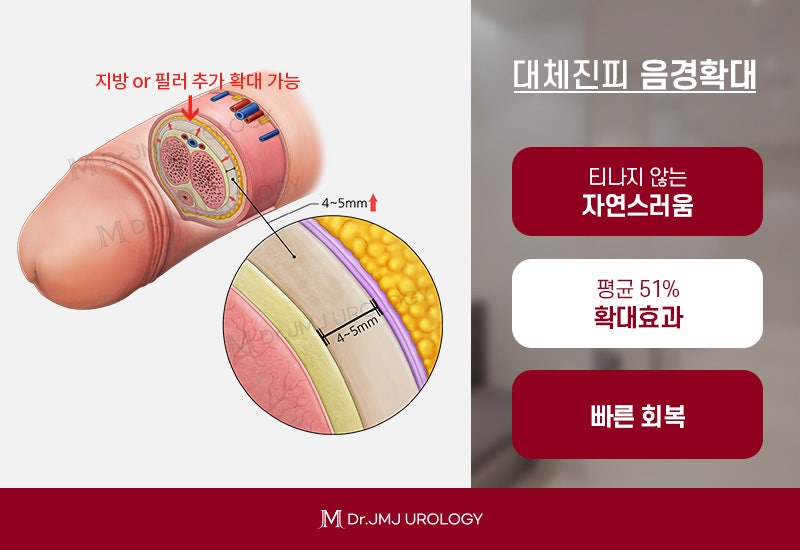
![결혼말고동거] 남성 호르몬 사라지나요?.... 꽈추형이 말해주는 정관수술의 부작용! #꽈추형 #정관수술 | 결혼 말고 동거 16 회 - YouTube 결혼말고동거] 남성 호르몬 사라지나요?.... 꽈추형이 말해주는 정관수술의 부작용! #꽈추형 #정관수술 | 결혼 말고 동거 16 회 - Youtube](https://i.ytimg.com/vi/f9U9oQB-I68/maxresdefault.jpg)
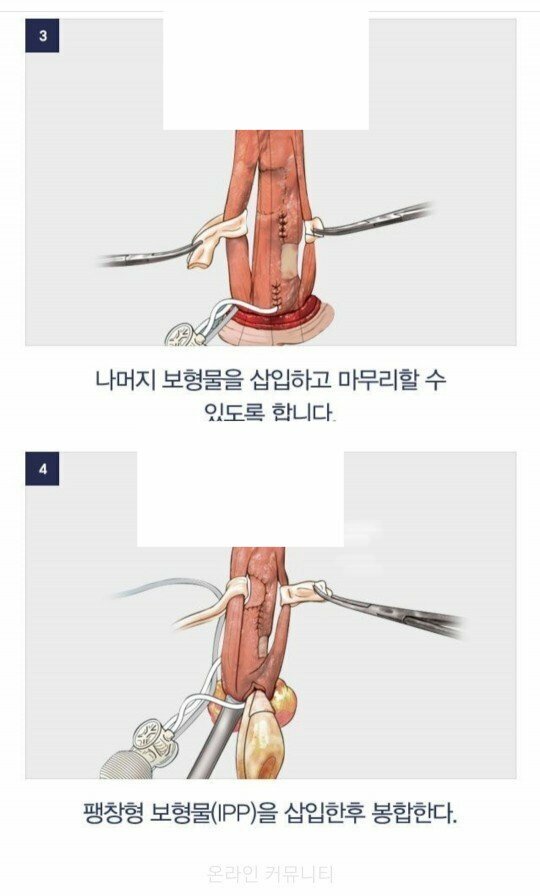







![티전드] 남자들만 가는 병원❓ 아닙니다❗ 꽈추형이 말하는 비뇨의학과에 대한 오해와 진실 | #어쩌다어른 - YouTube 티전드] 남자들만 가는 병원❓ 아닙니다❗ 꽈추형이 말하는 비뇨의학과에 대한 오해와 진실 | #어쩌다어른 - Youtube](https://i.ytimg.com/vi/akzAoc_KF6w/maxresdefault.jpg)
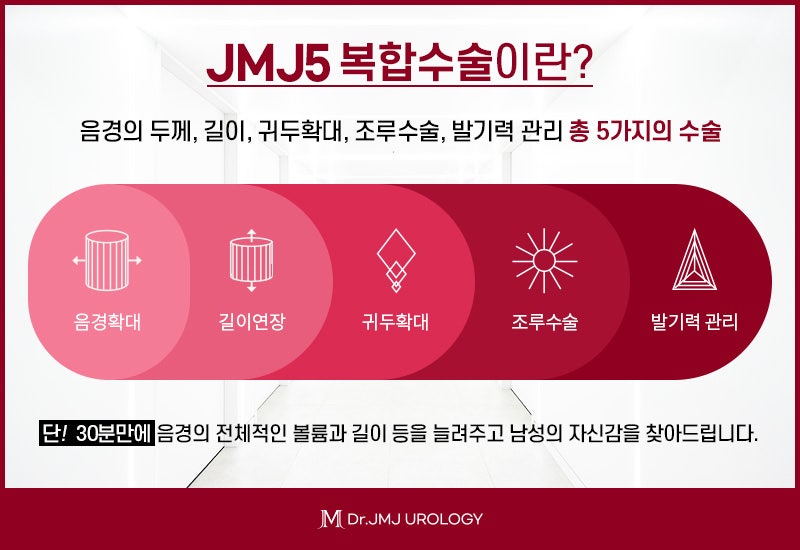









![KBS·꽈추형發 포경수술 논란 “남자·아동 인권은?” [넷만세] | 서울신문 닥터조물주 비뇨의학과 > 닥터조물주 유튜브” style=”width:100%” title=”닥터조물주 비뇨의학과 > 닥터조물주 유튜브”><figcaption>닥터조물주 비뇨의학과 > 닥터조물주 유튜브</figcaption></figure>
<figure><img decoding=](https://img.youtube.com/vi/_-vPVZ7FmBg/maxresdefault.jpg)

![액티브유] 꽈추형의 풀발373 3box (30포) 풀발120 풀발 | 373 | oxygencycles.in 액티브유] 꽈추형의 풀발373 3Box (30포) 풀발120 풀발 | 373 | Oxygencycles.In](https://img1.daumcdn.net/thumb/R800x0/?scode=mtistory2&fname=https%3A%2F%2Fblog.kakaocdn.net%2Fdn%2FbifTyk%2FbtrGivmchOV%2Fawv4uisqBgxHBWx22KfSOk%2Fimg.jpg)
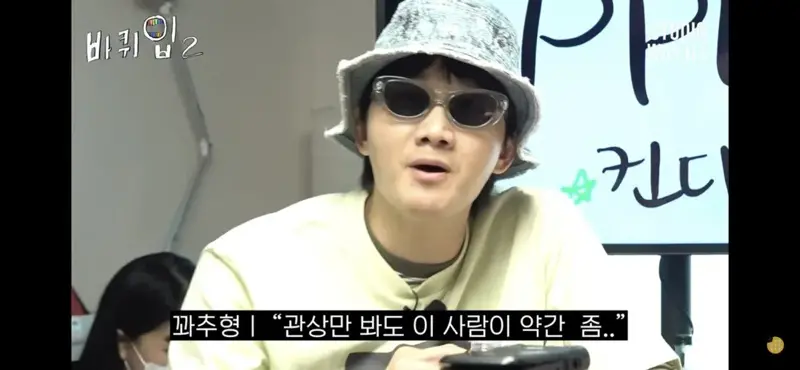
















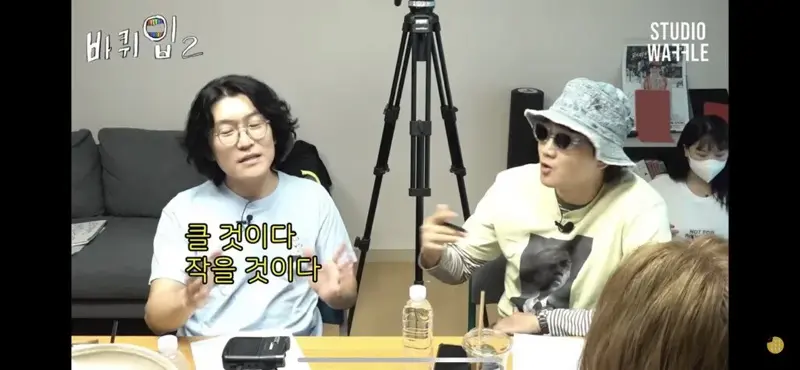




Article link: 꽈추형 부작용.
주제에 대해 자세히 알아보기 꽈추형 부작용.
- 꽈추형 수술 50일차 후기쓴다 – 비뇨기과 마이너 갤러리
- ‘꽈추형’ 홍성호 “성교육하면 도덕·윤리부터…마음에 안 들어”
- 꽈추형한테서 꽈추 수술했다. – 유머/움짤/이슈 – 에펨코리아
- KBS·꽈추형發 포경수술 논란 “남자·아동 인권은?” [넷만세]
- 전참시 꽈추형 토마토주스 어디꺼? 효능, 부작용, 가격비교!
더보기: experience-porthcawl.com/blog